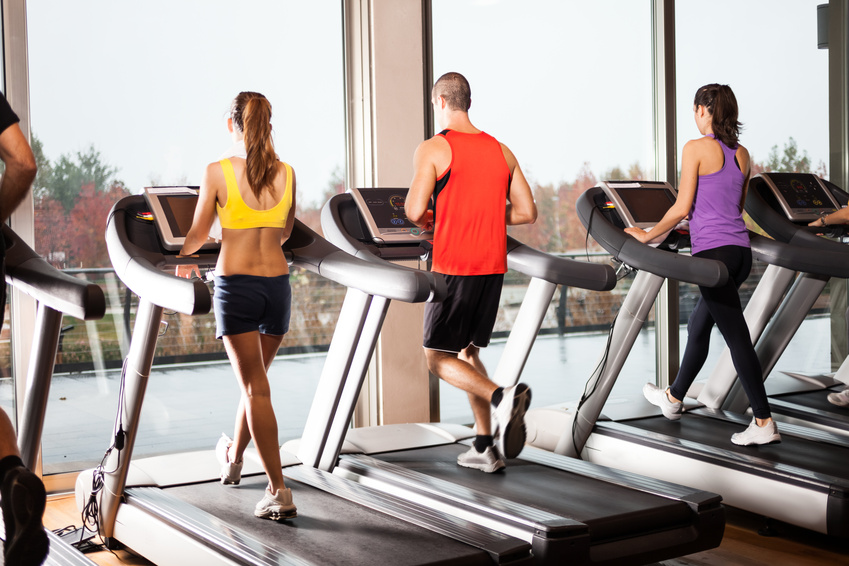Filière Anaérobie Lactique
La filière anaérobie lactique ou glycolyse est la seconde filière intervenant dans l’organisme durant un effort physique. Elle permet une amélioration sur les exercices très intenses d’une durée assez courte (20 à 60 secondes). Elle permet malgré tout une progression sur des efforts de plus longue durée grâce à une meilleure résistance à l’acidose et une récupération plus efficace.
L’Anaérobie Lactique : son fonctionnement
Ici la source d’énergie va provenir du glycogène stocké dans le corps. Ce glycogène provient des aliments que nous mangeons mais principalement de ceux riches en hydrate de carbone dit aussi sucres lents. Elle possède une capacité ou durée d’utilisation plus importante que la filière alactique, vue précédemment, en raison d’un stock en glycogène élevé. Dans cette filière, le glycogène va se transformer en glucose qui va par la suite se dégrader en pyruvate. Etant une filière qui ne consomme pas d’oxygène supplémentaire (anaérobie) le pyruvate va se transformer en acide lactique puis en lactate. Si l’effort persiste à la même intensité, une accumulation d’acide lactique trop importante dans le sang et les muscles va entrainer l’arrêt de l’exercice, par épuisement musculaire. L’acide lactique, acidifiant le sang, est le facteur limitant de cette filière. L’effort devra provoquer une concentration d’acide lactique d’environ 4 mmol pour effectuer un travail correspondant à cette filière.
L’Anaérobie Lactique : amélioration de la filière
Afin d’améliorer le fonctionnement de cette filière anaérobie lactique, il faut augmenter la capacité musculaire à supporter ce seuil d’acidose et donc rendre plus efficace le recyclage du lactate. Lactate permettant le recyclage du glycogène dans le foie.
L’intensité des exercices devra être le plus proche possible de votre maximum afin de faire paraître une fatigue musculaire importante. Vos muscles seront ainsi soumis à une concentration importante d’acide lactique.
- Travail en alternance d’allure : Vitesse maximale de 10s à 1min selon le niveau puis repos variant de 30s à 1min30s en fonction de la durée de l’effort. A répéter jusqu'à épuisement ou sur un nombre de répétition choisi : 10 x 10s/30s par exemple. L’effort devra être constant. Si l’impossibilité de maintenir l’intensité survient, un arrêt de l’exercice s’impose pour ne pas passer en filière aérobie.
- Travail en continu : Prenons l’exemple d’un coureur de 800m. Découpez-le en 8 fois 100 m. Effectuez donc chaque 100m avec une intensité maximale, suivie d’une récupération longue variant de 5 à 15 minutes. Au fil des séries la récupération devra être décroissante afin que votre taux d’acide lactique arrive à son maximum à la fin de l’entrainement.
Pour travailler dans cette filière, privilégiez des efforts courts, de 20 à 60 secondes mais très intenses. Entrainement à effectuer au maximum 3 fois par semaine. La récupération est ici importante. Sans une bonne récupération entre les séries, l’organisme risque de passer en filière aérobie et ne plus travailler dans le « seuil anaérobique ».
 Offre spéciale : Les 4 premières semaines à 19€
Offre spéciale : Les 4 premières semaines à 19€



